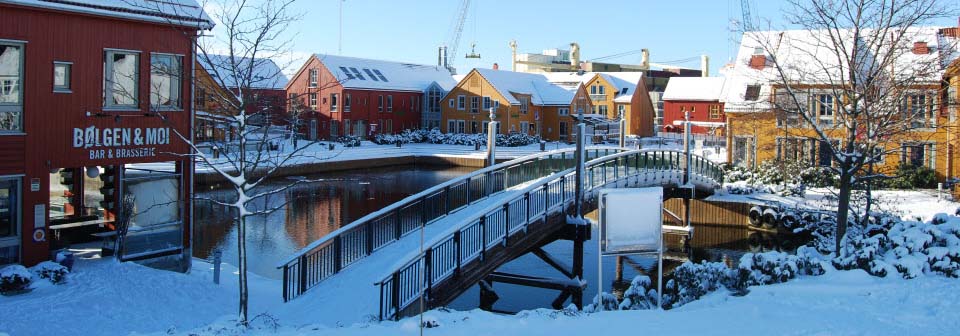
Summary
The Kristiansand Canon Museum is a large battery canon built by the Germans in WWII. It points over the sea to defend the coastline and was in service during World War 2 from 1940-45.
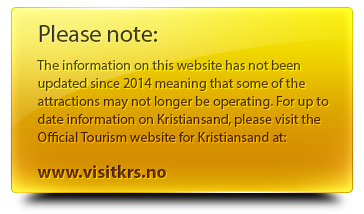
It is the world's second largest land-based cannon (337 tonnes), with a 380 mm calibre and a range which extends half way to Denmark.
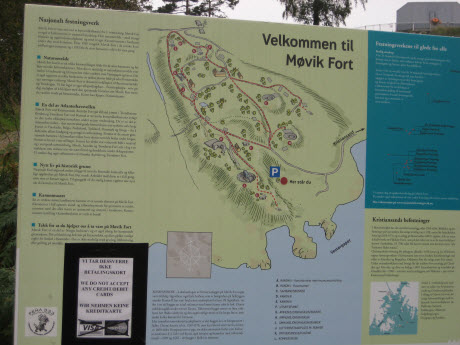
History
In 1940, the Germans needed to guard the shipping lanes of the Skagerak while they were occupying Norway during the Second World War. This was a vital shipping route from Denmark to Norway. Therefore they built this large canon in Møvik Kristiansand and also at the shortest distance over the Skagerak to Hanstholm in Denmark, some 116 km away. (Hanstholm is now a port where Master Ferries travels to and from Denmark from Norway)
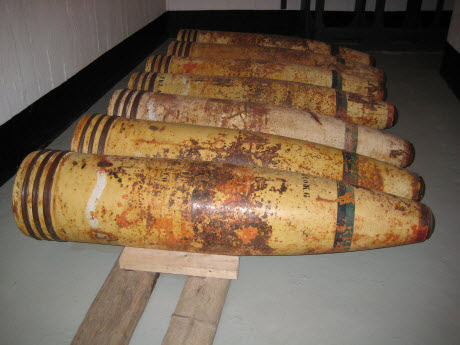
In the spring of 1941 construction commenced on the canon in Møvik
Kristiansand. Initially there was a work force of 1,400 people, comprised of 750 Norwegians, 350 Danes and 300 Germans. From early 1943, 200 Russian prisoners-of-war were also used, and they remained here until the end of the war in 1945. As construction proceeded and guns were completed, the battery crew of 600 Germans arrived. Due to the fact the "Batterie Vara" was a naval gun battery, 450 of these soldiers were naval-gunnery personel, while 150 of these were army soldiers for close defence. Trial rounds were fired by cannons 2 and 3 on March 12. 1942, from cannon 4 November of the same year. By then, the cannon wells and the bunker for cannon 1 had been completed, but the cannon itself was yet to be delivered. It was not until summer 1944 that work on cannon 1 was taken up again. First the cannon well cover, the casemate, was in place with 4.5 meter thick roof, and 3.8 meter thick walls. It was built within a period of 10 weeks. Then the process of delivering the cannon parts was started.
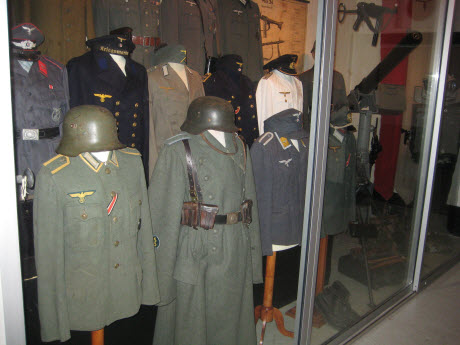
By the beginning of 1945 all the parts were in place except the barrel - which was the heaviest single part of the cannon. The barrel is 19.76 meters long, and weighs 110 tons. It was shipped on the "Porto Alegre" from Germany in February 1945. On the night of February 22, it was sunk in the Kattegatt by a British air attack.
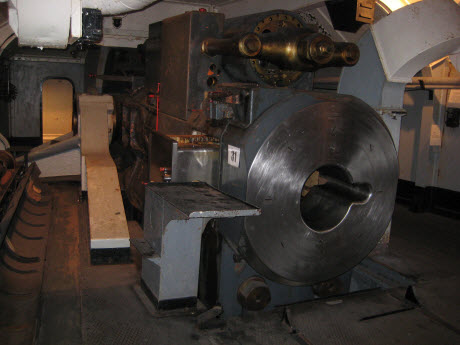
In addition to the main cannons, there were 16 smaller guns, as well as a countless number of bunkers, defence posts, tunnels, barracks and a 2.6 kilometer railway network for transportation of the ammunition from the 2 large storerooms positioned approximately 1 km to the rear of the cannons. The "Batterie Vara" was named after a German engineer general who was killed at sea on his way to one of the Channel Islands in 1941. The battery was then dismantled, and in 1962 cannons 3 and 4, as well as the existing parts of cannon 1 were broken for scrap. Fortunately cannon 2 was saved, and is today the only remaining example of this type.
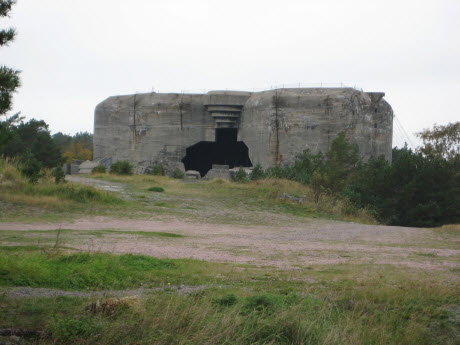
It is rumoured that the Norwegians fired this canon once or twice after the war.
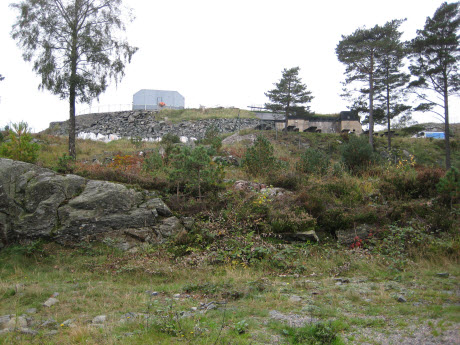
The ammunition consisted of 3 parts. First the shell, 170 cm long and weighing 800 kg. Then a cartridge with 97.75 kg explosives, and then a charge of 114.25 kg explosives.
The museum also has plenty of other material from WW II and even sell Norwegian military clothing.Web www.kanonmuseet.no/
Pictures care of Mark from the U.S.
 Visit Kristiansand - Canon Museum Kristiansand Norway
Visit Kristiansand - Canon Museum Kristiansand Norway